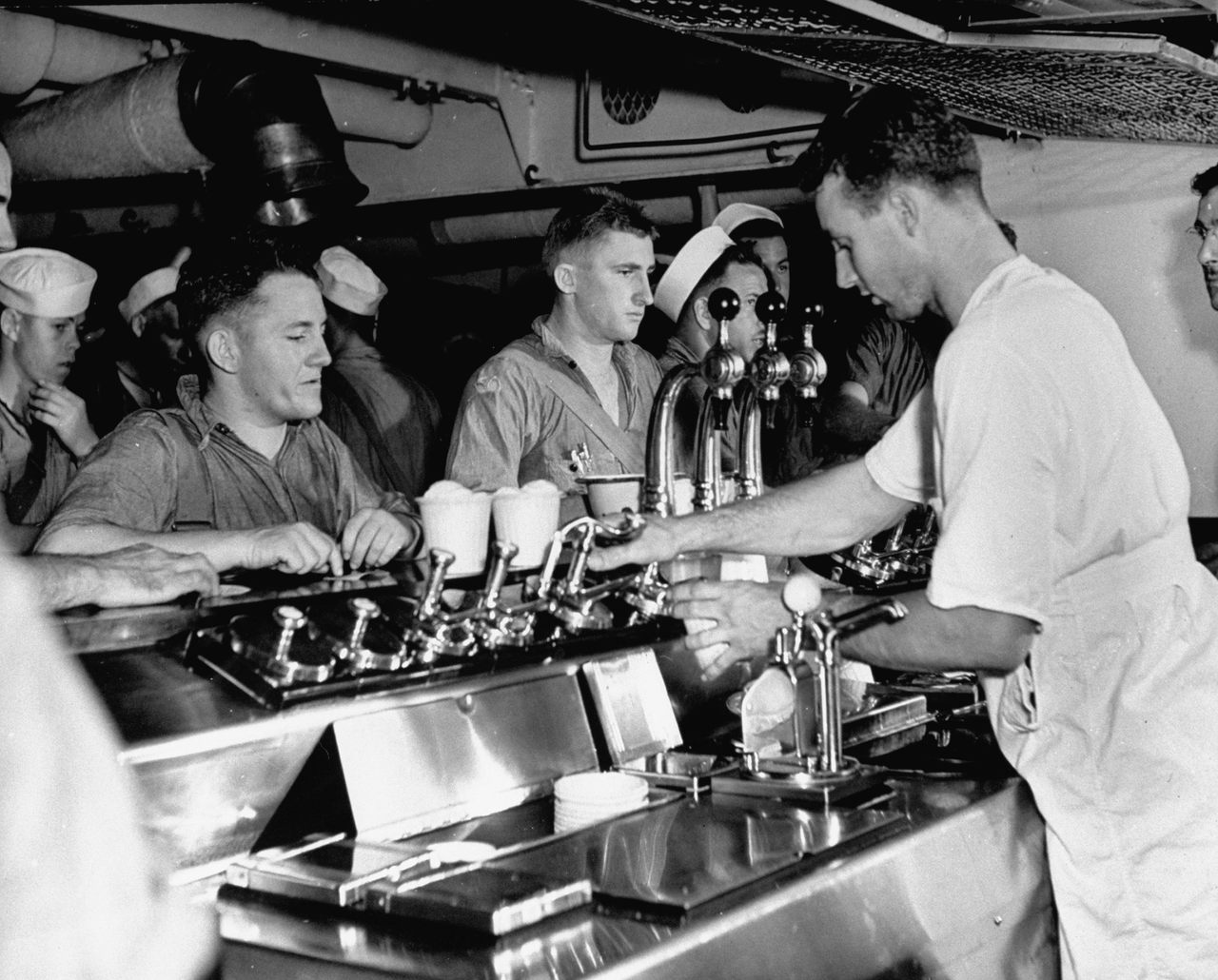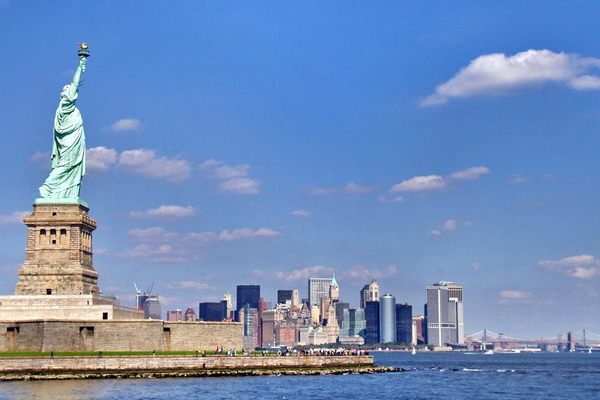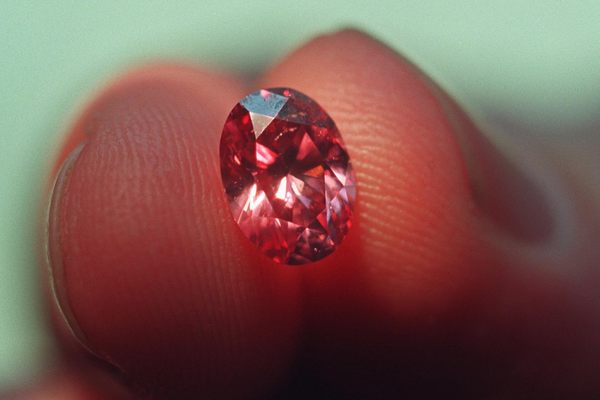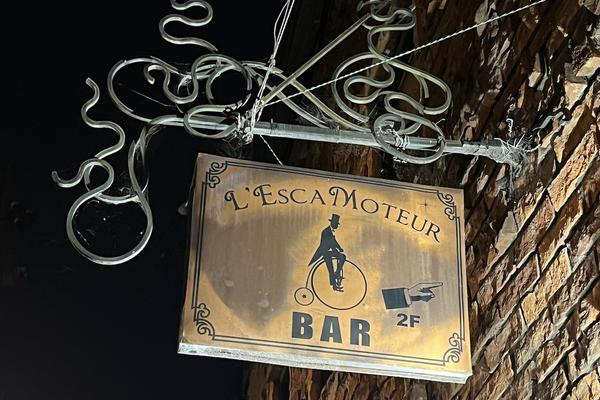Why the U.S. Navy Once Had a Concrete Ice Cream Barge
The portable parlor sustained sailors on the high seas.
The United States’ Prohibition years, which lasted from 1920 to 1933, didn’t just give the bootleg liquor and pharmaceutical industries a boost. They also transformed ice cream from a sweet treat into a bonafide craze, since people began to socialize at soda fountains instead of bars. Yet Prohibition may have turned the U. S. Navy into ice cream’s biggest fans—to the point where they once bought an enormous, million-dollar floating ice cream parlor made solely to accommodate demand.
During Prohibition, breweries including Pennsylvania’s Yuengling and Michigan’s Stroh’s turned to making ice cream instead of beer to stay in business. It worked: From 1916 to 1925, ice cream consumption skyrocketed by 55 percent in the United States, according to Mental Floss. The fervor for frozen treats is said to have spawned a well-known ice cream flavor when the stock market crashed at the end of the decade, too. The story goes that William Dreyer and Joseph Edy, the storied ice cream and candy maker, respectively, created the mashup of marshmallows and chocolate ice cream known as Rocky Road, with the name as a metaphor for the tough times.
But Navy sailors had felt the sting of forced teetotaling years before Prohibition became official: Alcohol was banned on ships as of July 1, 1914. Ice cream, which was becoming more widespread thanks to advancements in freezing refrigeration technology, became a way to take the edge off. To get a sense of how deep the craze went, consider that in 1942, right before the crew of the USS Lexington abandoned ship, they tucked into the ship’s locked freezer, and drained every single ice cream container dry—as the vessel was sinking from torpedoes.
It’s not a coincidence that the government saw ice cream as an edible means for propaganda and morale-boosting during the first half of the 20th century. Even amidst rationing during the Second World War, people could still eat ice cream. As Mark Kurlansky notes in his book Milk!, it helped that two huge dairy lobbies convinced the government to include ice cream on a list of crucial foods, in spite of cuts being made to milk, sugar, and other staples. And ice cream was on the Army’s list of items (along with tobacco and chewing gum) that were necessities to help bring cheer during the dark time.
When it wasn’t around, soldiers and sailors could, and often did, make ice cream themselves with whatever they had around them. This ranged from mixing snow and melted chocolate to, as some U.S. fliers did while stationed in Britain in 1943, attaching a tub of prepared ice cream mixture to a rear gunner’s compartment, and letting the high altitudes take it from there. During the war, the Quartermaster Corps, the branch of the Army responsible for supplying food, clothing, and other necessities, also provided the ingredients so that soldiers could make 80 million gallons yearly. Later, they set up small ice cream factories so that soldiers on the front lines (and people in foxholes, too) could have a taste.
In 1945, the armed forces’ love for ice cream went a step further when they got a monument to their favorite sweet treat: a barge that they borrowed from the Army Transportation Corps, which they then refurbished into a portable ice-cream factory and parlor. The Navy spent $1 million on the vessel, so that it could dole out the dessert to other smaller barges, known as ice cream ships, throughout Western Pacific outposts.
The ships were fully decked out with storage rooms and plants, all in the service of ice cream. “And it’s worth every penny of that to lonely American boys who are fed up with alphabet rations, however nutritious,” boasted an ad. The Navy was especially proud of the fact that the barge could hold a whopping 2,000 gallons of ice cream at once. It worked quickly, too, with the ability to churn out roughly 10 gallons every 7 minutes.
For all of its amenities, though, it wasn’t the most practical thing: The ship couldn’t move, as it had no engine, and had to be pulled by the likes of tugs to make its way through water.
It’s unclear what happened to the barge (though it’s possible that it lies somewhere in a bay, as a number of other concrete ships from the era do now). Still, it lives on as a relic from when ice cream combatted homesickness and a lack of booze alike on the high seas.
Gastro Obscura covers the world’s most wondrous food and drink.
Sign up for our regular newsletter.































Follow us on Twitter to get the latest on the world's hidden wonders.
Like us on Facebook to get the latest on the world's hidden wonders.
Follow us on Twitter Like us on Facebook